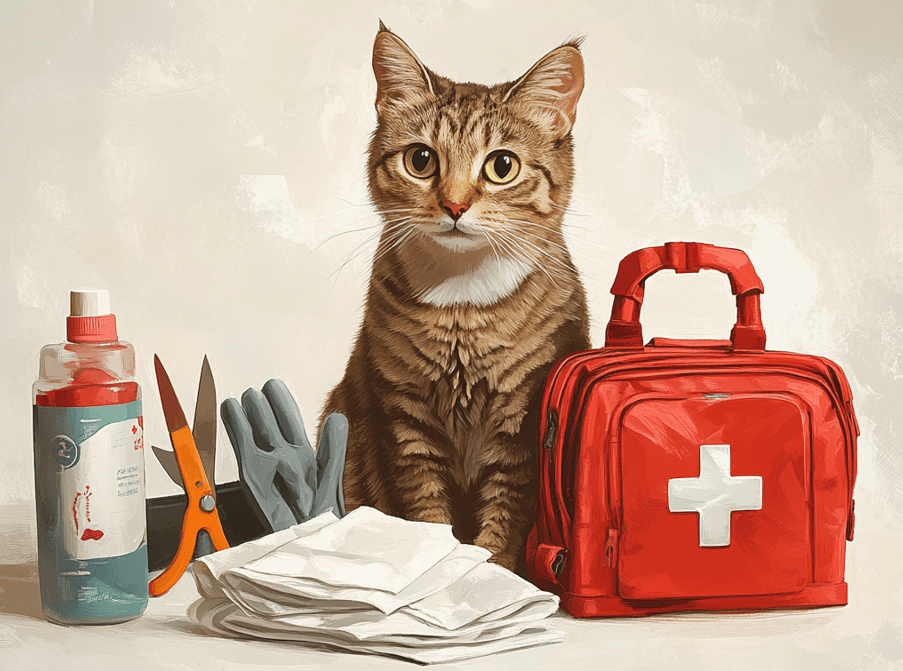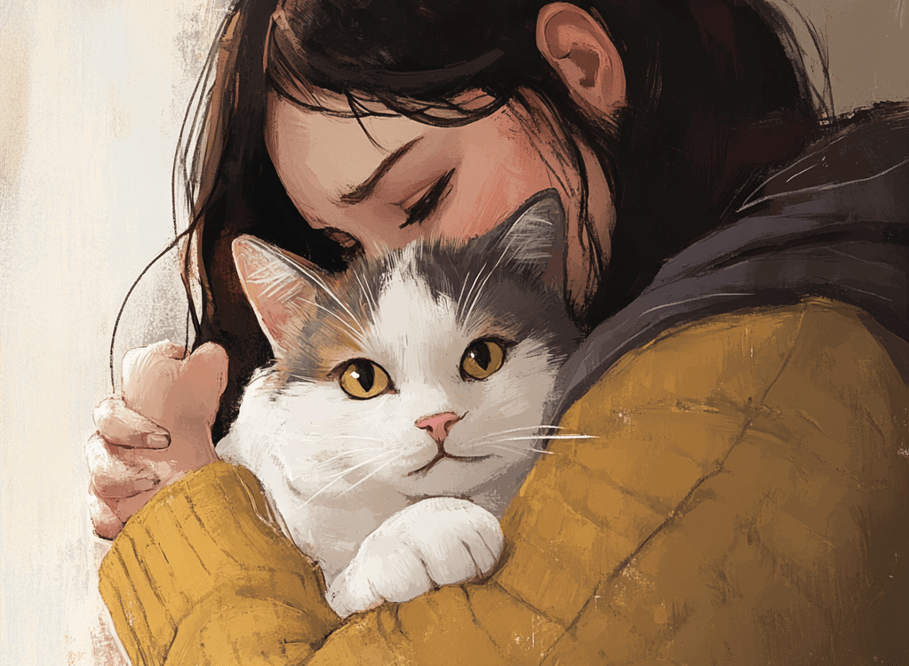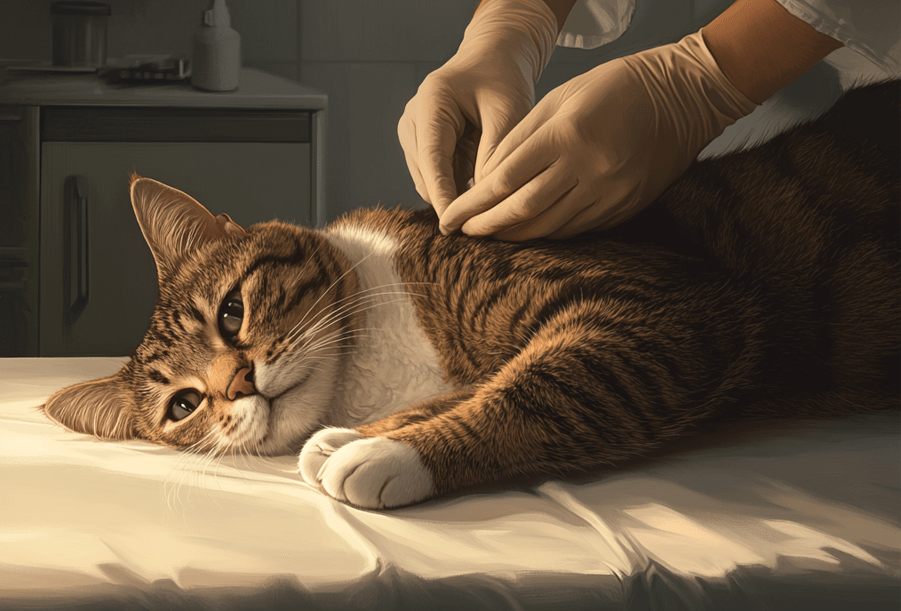
CPR is an emergency technique used to revive a life that has no detectable heartbeat. Cat CPR is the same as normal CPR. CPR means cardiopulmonary resuscitation. CPR is most effective when started within seconds to minutes of cardiac arrest. CPR is only given to a cat that is unresponsive and has no breathing or pulse.
How to Do Cat CPR: A Step-by-Step Guide
Cat CPR is an essential skill that every cat owner or caregiver should know, especially in emergency situations where a cat is unresponsive or not breathing. CPR (Cardiopulmonary Resuscitation) is designed to restore the heart’s function and improve the chances of survival. The process for how to do cat CPR follows a structured approach, starting with assessing the cat’s condition, clearing the airway, providing rescue breaths, and then performing chest compressions. In this guide, we will walk you through the steps to effectively perform CPR on your cat and improve the likelihood of saving their life in an emergency.
To watch the summary of this article, just watch this video-
Assess the situation:
Check breathing and pulse: if the pulse is low or seems to be not found, then CPR is required to save life. CPR is also required for severe breathing difficulties
If the cat is unresponsive and not breathing or has no heartbeat, provide CPR immediately.
Clear the airway :
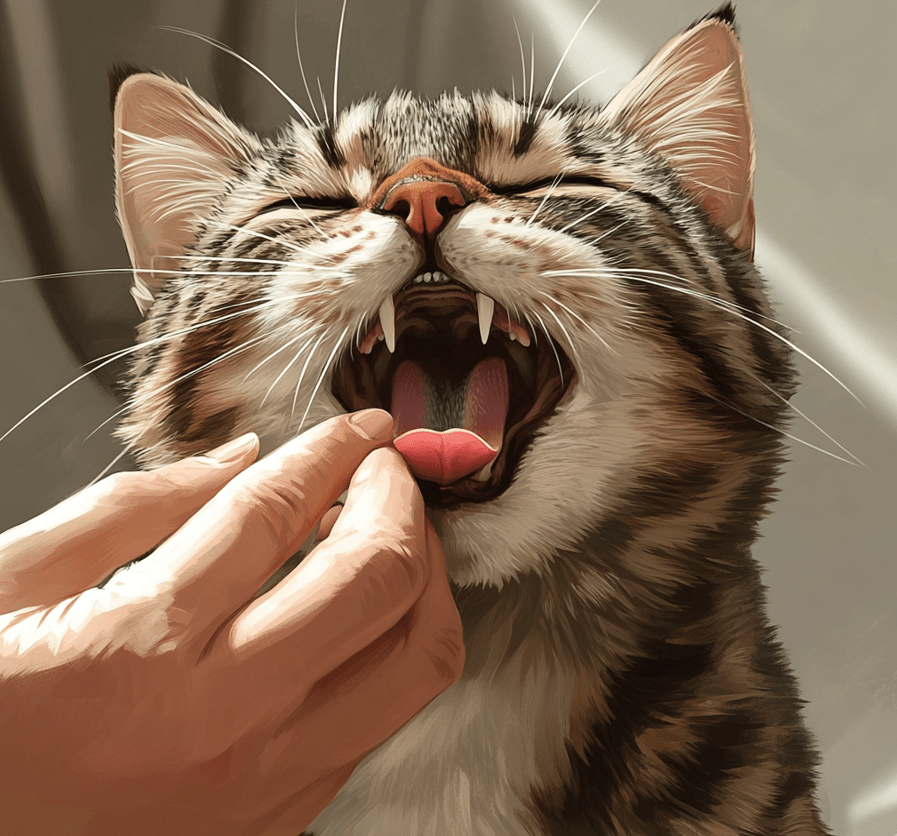
Before giving CPR, clearing the airway. At first, open the cat’s mouth then gently pull the tongue forward and remove if any visible obstacle is found. Keep the head in a straight position so the airway is as clear as possible.
Rescue breaths:
Before beginning rescue breaths at first, seal the mouth of your cat. Make sure the cat’s mouth is closed and the neck is extended gently. After that blow gently into the cat’s nose until you see the chest rise completely. Make this procedure continuous and give one breath every 4-5 seconds. And check the pulse or heartbeat. If the heartbeat does not become normal then go another step known as chest compression.
Chest compression:
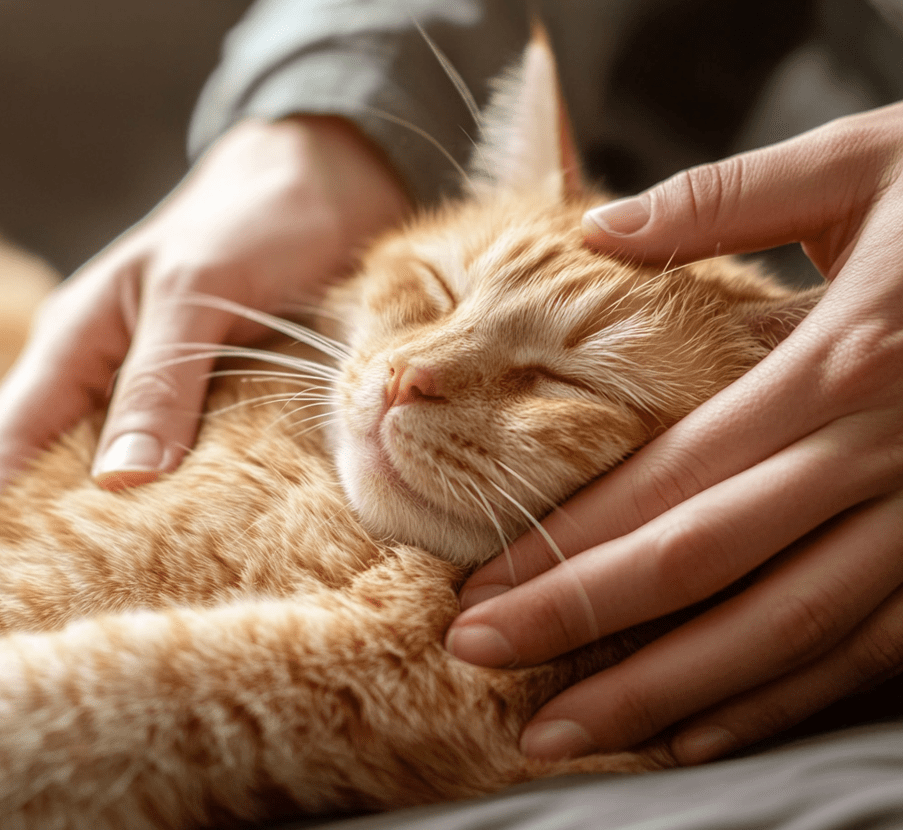
First, make the cat position on its right side. Keep your hand or fingers over the heart, located just behind the elbow on the chest of your cat. Keep one hand for the small cat and two fingers for the kittens and press with both hands for the big cats. For big cats keep the one hand on the top of the other hand. Make sure that the
The chest is compressed at about 33.33 percent to 50 percent of its width. Cats have smaller, more fragile chests than larger animals. So, be gentle but firm in giving CPR.
Try to maintain a compression rate of about 100 – 120 times per minute. Confirm that the chest is fully recoiled between two compressions. To get better results, you can use a combination of rescue breaths and chest compressions.
CPR on Cat: Essential Techniques and Steps
CPR on cats is a delicate procedure that involves both rescue breaths and chest compressions. Cats require gentle but firm chest compressions at the right location, typically over the heart, located just behind the elbow. A standard cycle of CPR on a cat involves 30 chest compressions followed by two rescue breaths. Ensuring that the cat’s airway is clear and performing compressions at a rate of 100-120 per minute are critical steps in ensuring effective CPR. For cats, timing and proper technique are essential for restoring circulation and breathing.
Combine rescue breaths and compressions:
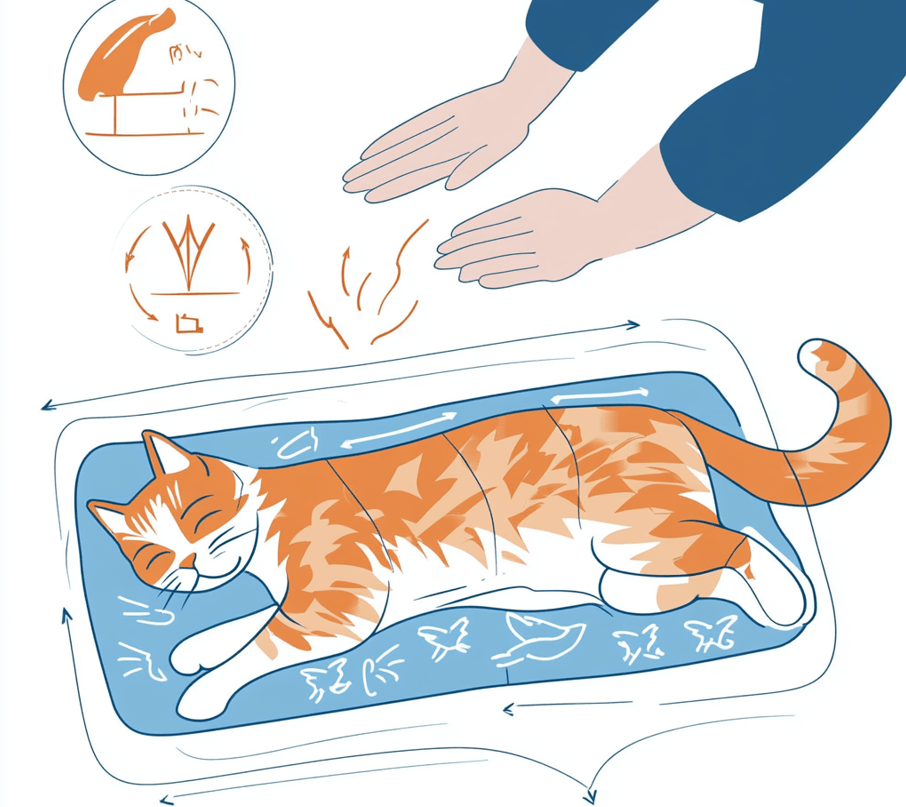
In this process, you can give 30 chest compressions between two rescue breaths. This cycle has to be continued without pausing more than a few seconds until the heartbeat becomes normal.
How to Do CPR on a Kitten: Special Considerations
Performing CPR on a kitten requires special care due to their smaller size and delicate body structure. When giving CPR to kittens, the pressure used for chest compressions should be reduced, and you must ensure that both hands or fingers are placed in the right spot. Kittens may need more frequent and gentler rescue breaths, and the timing of compressions should be adjusted to fit their smaller bodies. Knowing how to perform kitten CPR effectively is crucial for kitten owners and can significantly improve the chances of a successful revival.
Monitor and transport:
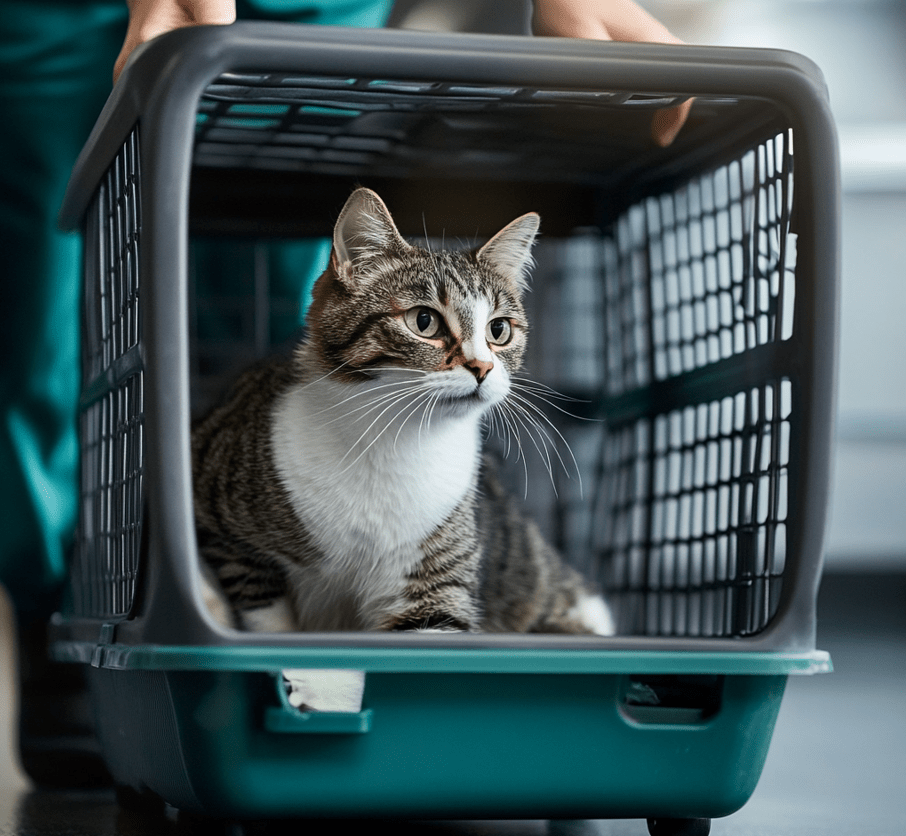
CPR is an emergency technique for saving lives by reviving heartbeats and pulses. So, it is very important to check the signs of life. For checking the signs of life give a pause every two minutes to check the breathing or pulse. If you get the cat starts to breathe properly or regain a pulse, stop the CPR immediately and monitor the patient closely.
After reviving the heartbeat, immediately transport the cat to the nearest vet. Even if the cat seems to recover.
Key tips & warning:
CPR is a life-saving technique in serious conditions. But in serious condition the cat has in time of death and life. So any wrong step during giving the CPR you have to be gentle to avoid injuries. If your cat is not in a critical situation, you should not give CPR. Otherwise, the situation can go out of hand. You should give CPR on only unresponsive cats without a heartbeat or breathing. If you are not an expert in CPR, do not try to apply CPR on a highly serious condition cat. Try to take help of an expert in CPR or first aid.
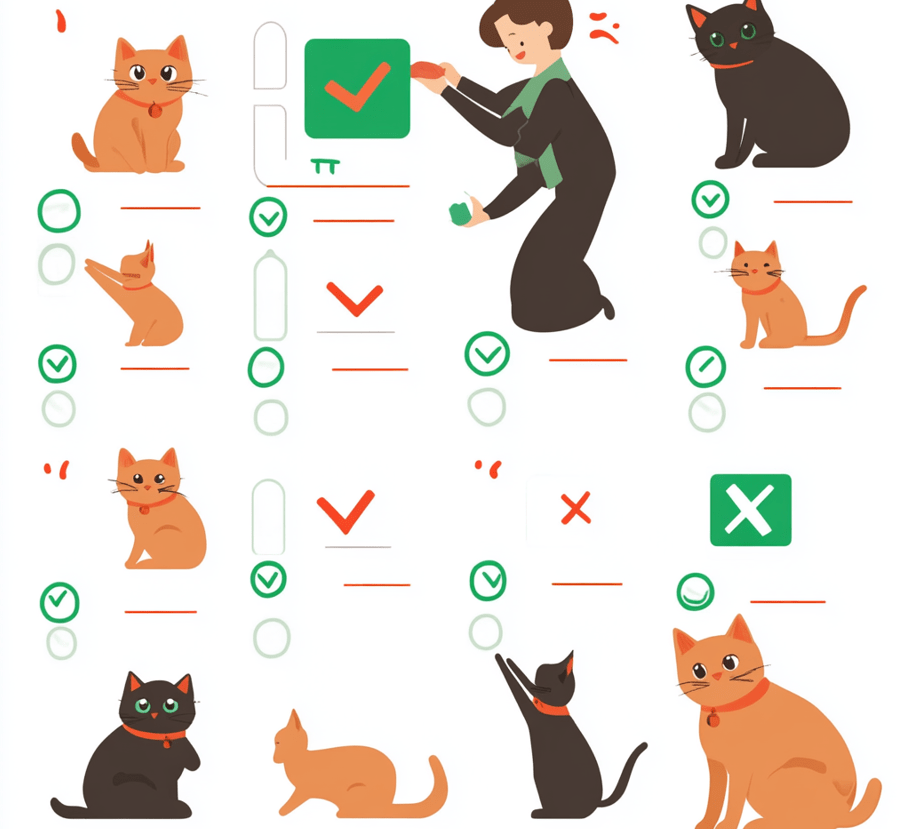
CPR is not a complete treatment. CPR can only revive, but can not cure fully from sickness. So, to cure it fully veterinary care is obviously required.
CPR for Kittens: The Importance of Timely Action
When performing CPR for kittens, it is crucial to act quickly and gently. Kittens have a much higher metabolic rate than adult cats, and their smaller size requires more precise interventions. CPR for kittens typically involves a lower compression depth and more gentle rescue breaths. Timely and appropriate action can be life-saving. This section outlines the most important things to keep in mind when handling a kitten in cardiac arrest and offers a refresher on the key steps needed to stabilize a kitten in distress.
What do you have to do after a successful CPR?
CPR can revive life but can not stabilize it for a long period. So, to stabilize the condition you have to take your cat to veterinary care for oxygenation and ventilation, and further treatment. You have to establish a safe airway to prevent detonation of the health condition of your cat.
The success rate of CPR in Veterinary medicine:
Research conducted on cardiopulmonary arrest (CPA) epidemiology has shown that the Return of Spontaneous Circulation (ROSC) after CPA was 35%-55% through veterinary medicine, whereas human medicine gives 61%. Further, the survival to discharge rate is 6%-19% in veterinary medicine versus 25% in human medicine. The success of CPR depends on a number of factors. Such as –
The causes of the cardiopulmonary arrest.
Timelines and effectiveness of the intervention.
Preparedness of the team administering CPR.
The availability of standardized guidelines and training.
The overall health condition of the animal.
Statistics show that the chances of survival is 58 percent with initial CPR. But only 2 – 10 percent of cats can survive after discharge.
What are the signs of successful CPR?
The signs of successful CPR can be determined through observing reflection. A cat can breathe properly after a successful CPR and responds with pain and knocking. High-quality CPR performance includes the chest compression factors is greater than 80 percent, compression rate of the chest is between 100-120 per minute, maintain optimum compression depth, no excessive ventilation.
How Do You Give a Cat CPR? Key Insights for Effective Action
Understanding how to give a cat CPR is critical for ensuring a successful outcome during emergencies. The main steps include assessing the cat, clearing the airway, performing chest compressions, and combining these with rescue breaths. By following the proper CPR technique, you can maximize the likelihood of revival. This section provides additional insights into giving cat CPR, focusing on the importance of proper hand placement, compression depth, and ensuring the airway is unobstructed throughout the process.
The positive sites of CPR:
In emergency situations, it is hard to find an expert to give CPR to an unresponsive patient. For this reason, without getting CPR many patients die every year whereas they could survive injuries and could enjoy the rest of life after healing. CPR can save lives not only humans but also animals. So everyone should get the training of CPR for the secure life of their favorite pet or family member or any patient.
CPR can prevent permanent brain damage of any accidental patient. Permanent brain damage is the major cause of the lower surviving rate after treatment. Although sometimes they survive, they can not lead their life naturally.
CPR can help accidental cats to recover with great speed. And increase the chances of surviving the victims.
If you know how to give CPR it enhances the confidence of you to handle the critical emergency situations. It also enhances the safety at home and workplace. If any emergency situation occurs you can handle it easily and you can elevate your acceptance to others.
In conclusion, CPR is ordinarily performed on people who have halted breathing, have no beat, and are lethargic. Cardiac capture happens when the heart abruptly stops beating, which can happen due to different reasons such as heart assault, suffocating, electric shock, or medicate overdose.
CPR on a Cat: The Key to Reviving Your Pet in an Emergency
CPR on a cat can be a life-saving technique when performed correctly. If a cat has no pulse or is unresponsive, administering CPR immediately can provide the necessary support until veterinary care is available. The combination of effective chest compressions and timely rescue breaths is essential for restoring circulation and breathing in a cat. This section will reiterate the key actions and why it’s important to stay calm and act quickly during a cat’s cardiac emergency.

